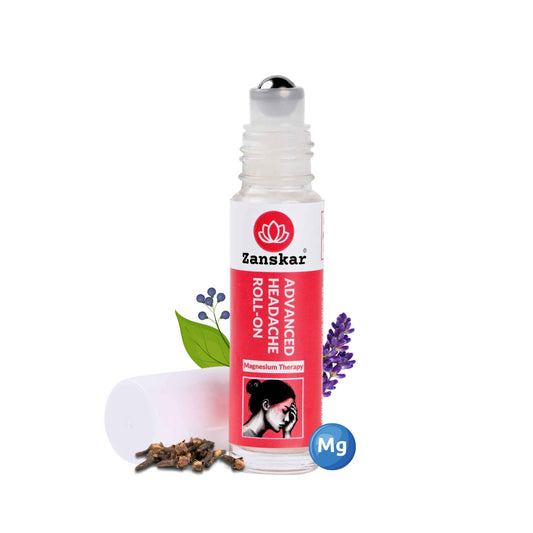
Are you suffering from Pelvic Floor Disorder and you don't even realise it? Meet your Pelvic Floor.

Let’s play a little word association game. When we say “peeing,” which body part do you think of?
Probably bladder. Sex? Vagina? Pregnancy? Uterus? Rectum?
Chances are, if you’re having an problem with one of these areas — say, leaking pee or painful sex — there’s another part of your body that’s playing a role: your pelvic floor.
Your pelvic floor is incredibly important and connected to many everyday functions.
Intro, Please
Your pelvic floor is made up of layers of muscles, ligaments, and fascia (or connective tissue) that stretch from your pubic bone in front of your body back to your tailbone. Together, these structures make up the bottom or “floor” of the bowl-shaped pelvis (in both women and men). Here’s a “top-down” view of the pelvic bones and the muscles that make up the female pelvic floor:

So your pelvic floor is basically a set of muscles, similar to the ones in your arms and legs. This means you can target these muscles with exercise and other strategies to improve the health and function of your pelvic floor.
What Does My Pelvic Floor Do?
Most people don’t give much thought to their pelvic floor, but it’s involved in almost everything that you do. Some of its major roles in the female body include:
1. Support. The importance of the pelvic floor is right there in its name. Like the foundation of a house, your pelvic floor supports everything above it. That includes all your major organs — your bladder, intestines, stomach, uterus, and more. It’s a big job. The muscles and tissues of your pelvic floor are flexible — making them more like a hammock than a hard concrete floor.
2. Sphincter control. Yes, we’re talking pee and poop. The pelvic floor muscles contract or close around the urethra and rectum to hold in urine, feces, and gas. They also relax or open when you need to urinate or have a bowel movement. (When you’re able to “hold it in” and avoid, say, passing gas in the middle of a meeting, you have your pelvic floor to thank.)
3. Stabilization. Your pelvic floor muscles are a part of a larger group of muscles called your “core,” which also includes your abdominal, back, and diaphragm muscles. Together, these muscles help to support your lower back and abdominal organs and play a big role in your balance and stability. You use them for bracing, bending, lifting, and all types of movements that involve your trunk.
4. Sexual function and pleasure. These muscles play an important role in sexual arousal and orgasm. They also need to relax to allow for comfortable sex.
5. Childbirth. The muscles of the pelvic floor stretch to allow the passage of a baby through the birth canal during vaginal delivery.
6. Circulation. These muscles play an important role in returning blood and lymphatic fluid from your legs and abdomen back to your heart.
7. A crossroads for nerves. There’s a lot of nerve traffic through your pelvic floor area. Some major nerves end in this area and others pass through and continue into your lower body.
Why Should I Care About My Pelvic Floor?
When your pelvic floor muscles are strong, healthy, and working well together, you might not even be aware that they exist. But like any other muscles in your body, they can spasm and become painful, tight, less supportive, or weak. This can lead to some symptoms that are pretty hard to ignore, such as:
• Urinary incontinence
• Bladder & bowel disorders
• Pelvic organ prolapse
• Pelvic pain
• Diastasis recti
• Sexual dysfunction
These are known collectively as Pelvic Floor Disorders which is a common MSK condition, overlooked and underserved by the healthcare system.
Pelvic floor issues are shockingly common: Studies show that one in four women has a pelvic floor disorder. If you suspect you have one, you are not alone. These issues can affect anyone at any time, but they’re especially likely to occur around key life stages, such as during and after pregnancy and menopause.
Most women don’t receive treatment due to a lack of awareness, stigma, and inadequate access to pelvic floor physical therapists. Therefore, the average time it takes for them to receive care for certain conditions is more than six years.
While these conditions — along with embarrassing and uncomfortable symptoms — are common, many people don’t realize that they’re also very treatable. And addressing your pelvic floor may help treat a whole host of seemingly unrelated health problems.
Speaking Up
“I didn’t know anything about that part of my body because nobody talks about it. I knew about my vagina, ovaries, and menstruation, but that was it. I didn’t realize how everything was connected and if you’re weak in one area your body compensates in another. Just the educational part of this disorder alone makes me more confident and comfortable with my body.” — Reena (Zanskar Health Pelvic floor physical therapy patient)
Key Takeaways
Your pelvic floor provides a foundation of support for your body. It’s a layered group of muscles, ligaments, and fascia that stretches from your pubic bone in front of your body all the way to your tailbone in the back. Your pelvic floor plays a role in a lot of important body functions, including organ support, sphincter control, stabilization, sexual function, childbirth, circulation, and nerve function.
Learn More About Zanskar Health
If you have joint or muscle pain that makes it hard to move, Zanskar offers the most advanced full stack pain relief solutions for you.
Now available to purchase, Zanskar® Advanced Pain Healing Cream has a unique formulation of natural ingredients like Arnica, Vitamin B6, MSM and Capsaicin, which is trusted by over 20L+ pain sufferers globally. It provides lasting relief from muscle and joint discomfort that you can feel good about. Get your fix before stocks run out - buy now.
You can also gain access to therapeutic exercises and stretches for your condition by downloading the Zanskar Health physiotherapy mobile app. Additionally, you’ll have a personal care team to guide, support, and tailor our program to you, including behavioral and nutritional coaching.
Download our mobile app here 👉 download and track your exercise streak.
Medical Review: This article is written by Dr Nishtha Mittal (Senior Health Content Editor at Zanskar Health) and has been medically reviewed by Dr Rashi Goel (Senior Physiotherapist at Zanskar Health). This article and its contents are provided for educational and informational purposes only and do not constitute medical advice or professional services specific to you or your medical condition.







